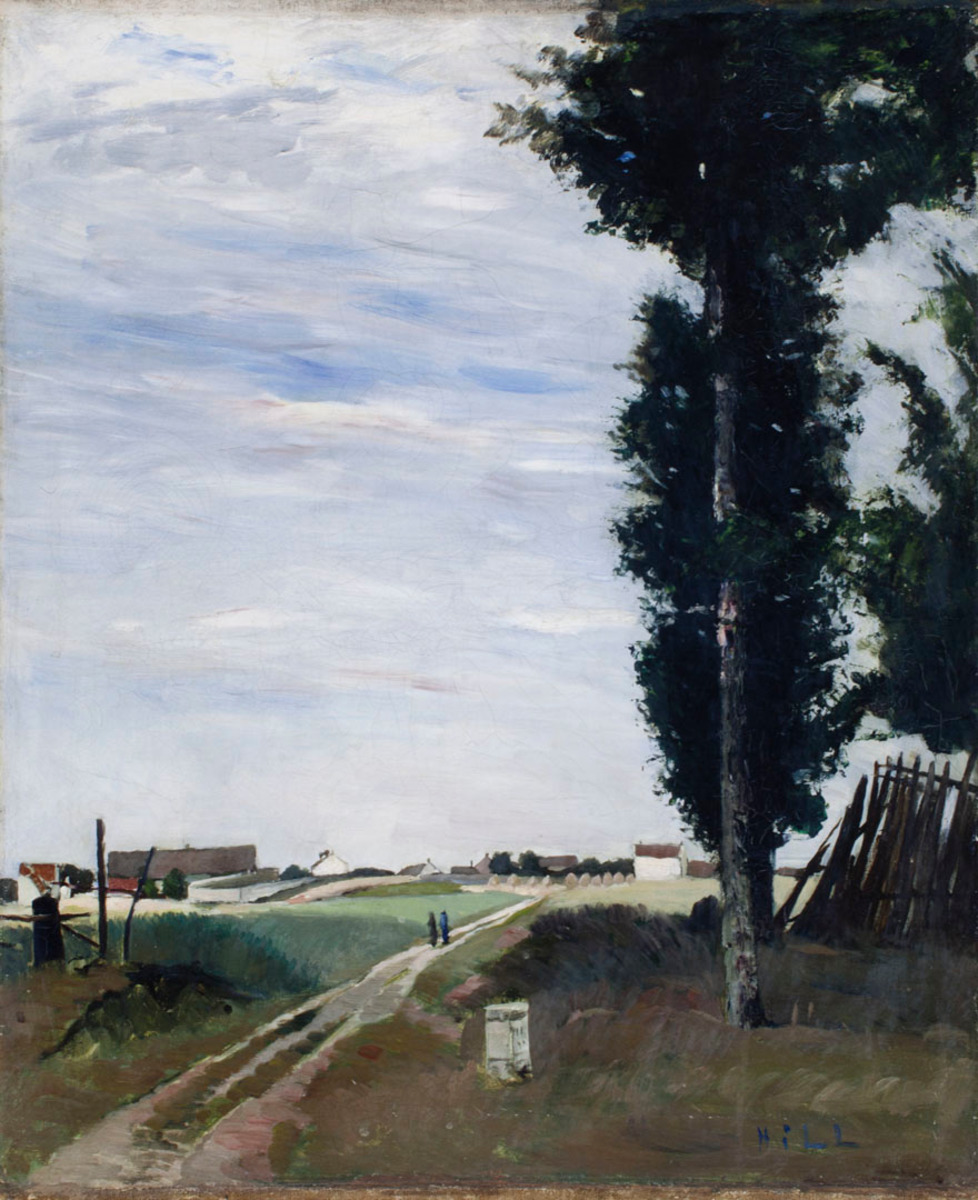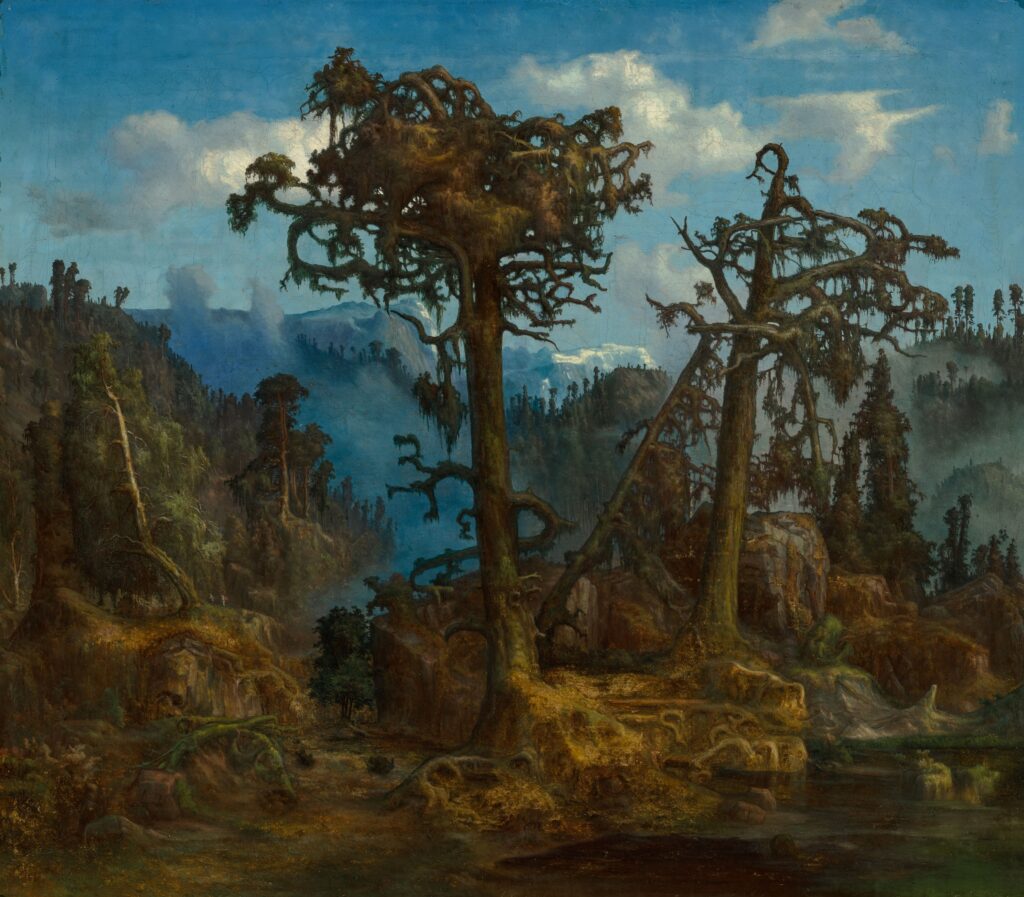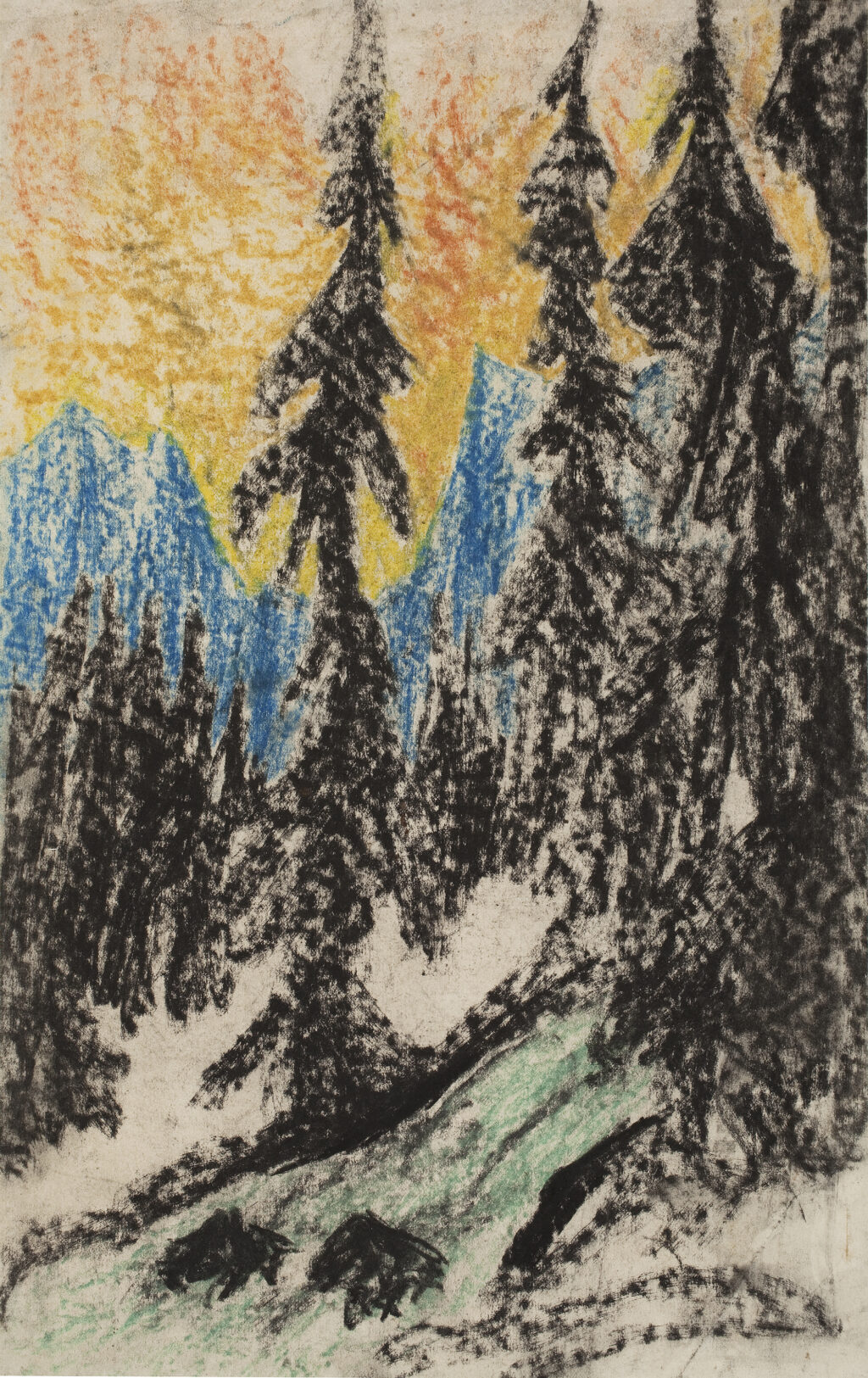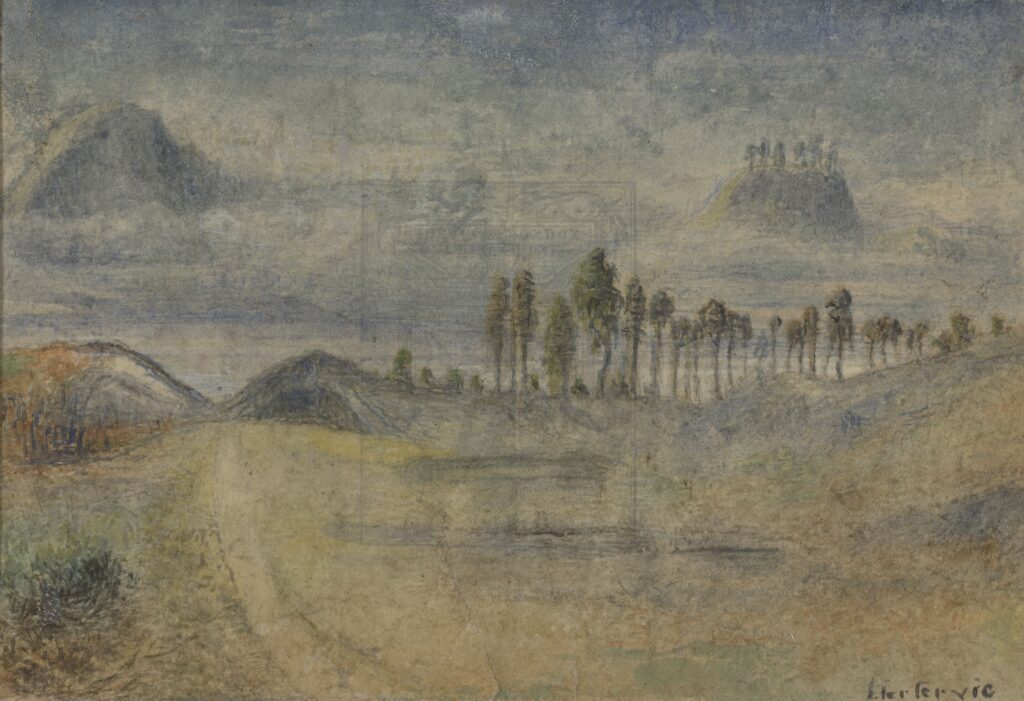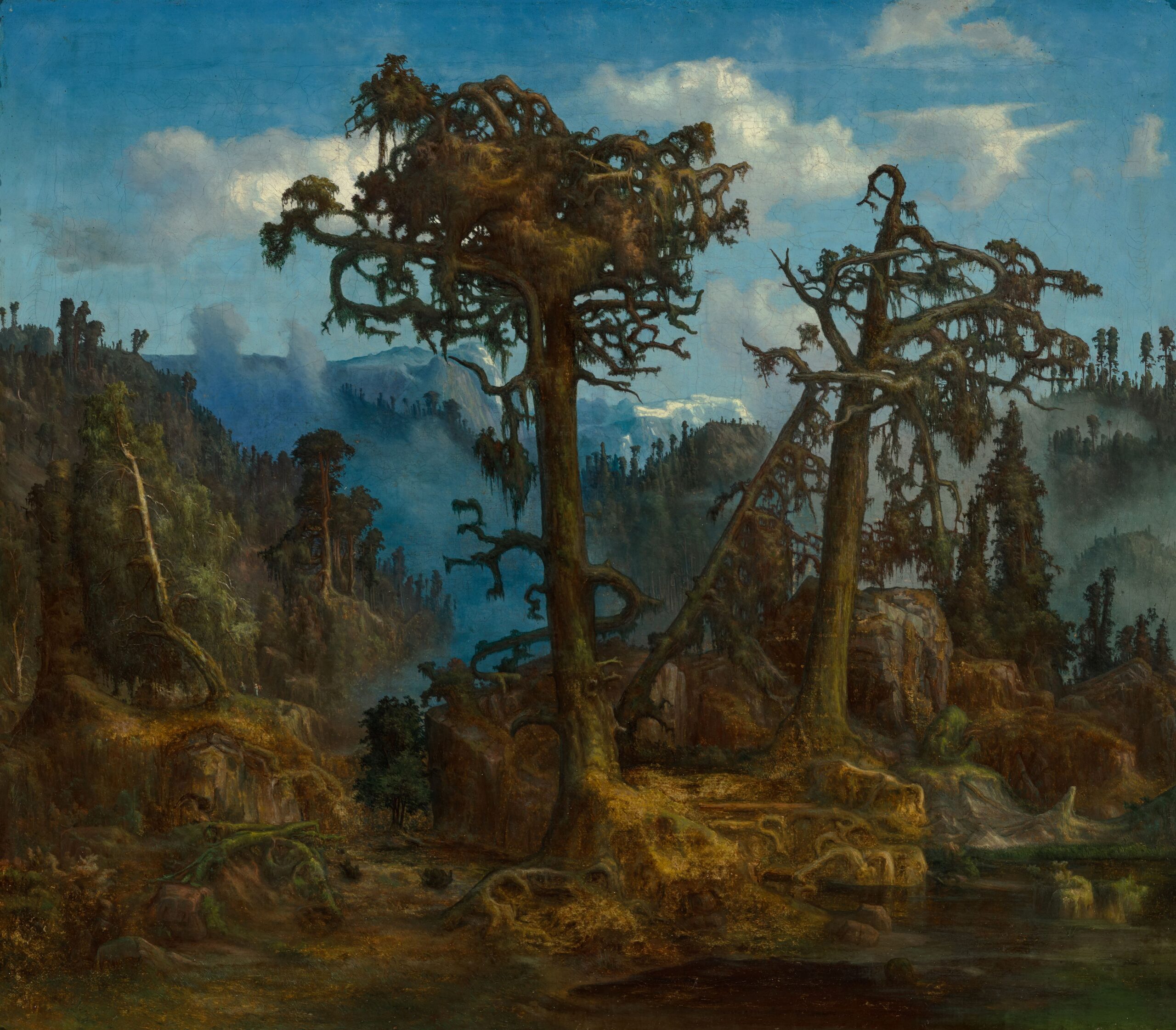
Hertervig – Hill. Dream and Reality
September 21 2024 – Januari 26 2025
September 21 2024 – Januari 26 2025
From autumn 2024 the Swedish public will be invited to discover Norwegian painter Lars Hertervig (1830 – 1902). Hertervig’s expressive work will be shown in an intriguing dialogue with works by the well-known Swedish painter Carl Fredrik Hill (1849 – 1911). Though they are both highly individualistic artists and belong to two different generations, there are intriguing correspondences to discover between the lives and artistic legacies of Hertervig and Hill. The exhibition comprises some one hundred paintings and drawings.
The exhibition has been created in collaboration with Stavanger Art Museum and the Nordic Institute of Art.
Lars Hertervig (1830–1902) grew up on the island of Borgøy on the south-west coast of Norway outside Stavanger; a landscape that would be a recurring theme in his art. After attending the Royal Drawing School in Oslo, he went on to Düsseldorf in the early 1850s as a student of the Norwegian professor Hans Gude at the Art Academy. Tragically, Hertervig was taken ill and went back to Norway, where he for a period had himself interned at a mental hospital. The remains of his life were spent in the domestic environments at Borgøy and in Stavanger, were the artist worked in relative isolation and with limited means. In the 1860s and 70s, Hertervig painted a series of striking landscapes in both oil and watercolour; some representing a fascination for decay, others more contemplative – bleak visions of nature, sometimes perhaps based on vague memories.
Carl Fredrik Hill (1849–1911) was born in Lund in southern Sweden. After studies at the Art Academy in Stockholm, specializing as a landscape painter, he lived for several years in Paris during the 1870s. Influenced by Camille Corot, Hill would paint – together with other Nordic artists – plein air studies from Barbizon and other places popular among the landscape painters of the day. His early works reflect the ideals of the realist movement and open-air painting. In 1877 Hill was hospitalized in an institution for the mentally ill in Passy, France, where he stayed for the next five years. The last three decades of his life, Hill lived with his family in his childhood home of Lund. The artist continued to draw and paint on his own – in isolation – working mostly on paper. While Hill continued to depict landscapes, they now took on a more fantastic air, and he also drew figures, animals and imaginary creatures. These works have the character of dreams or visions.


